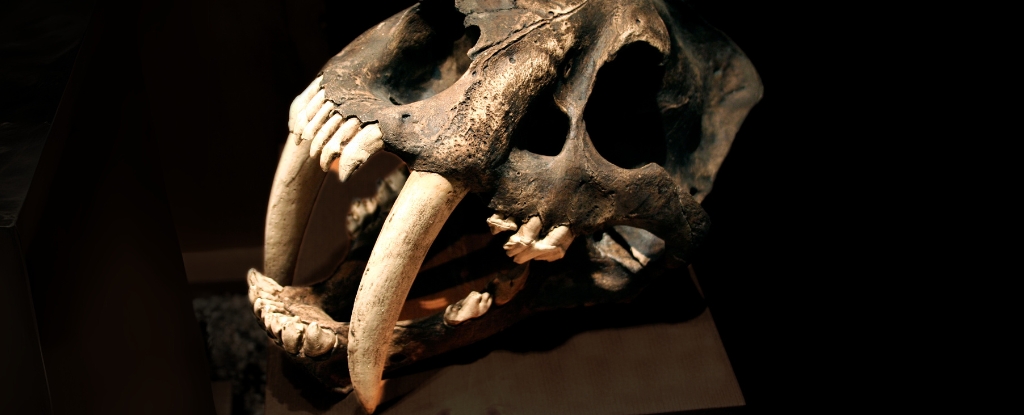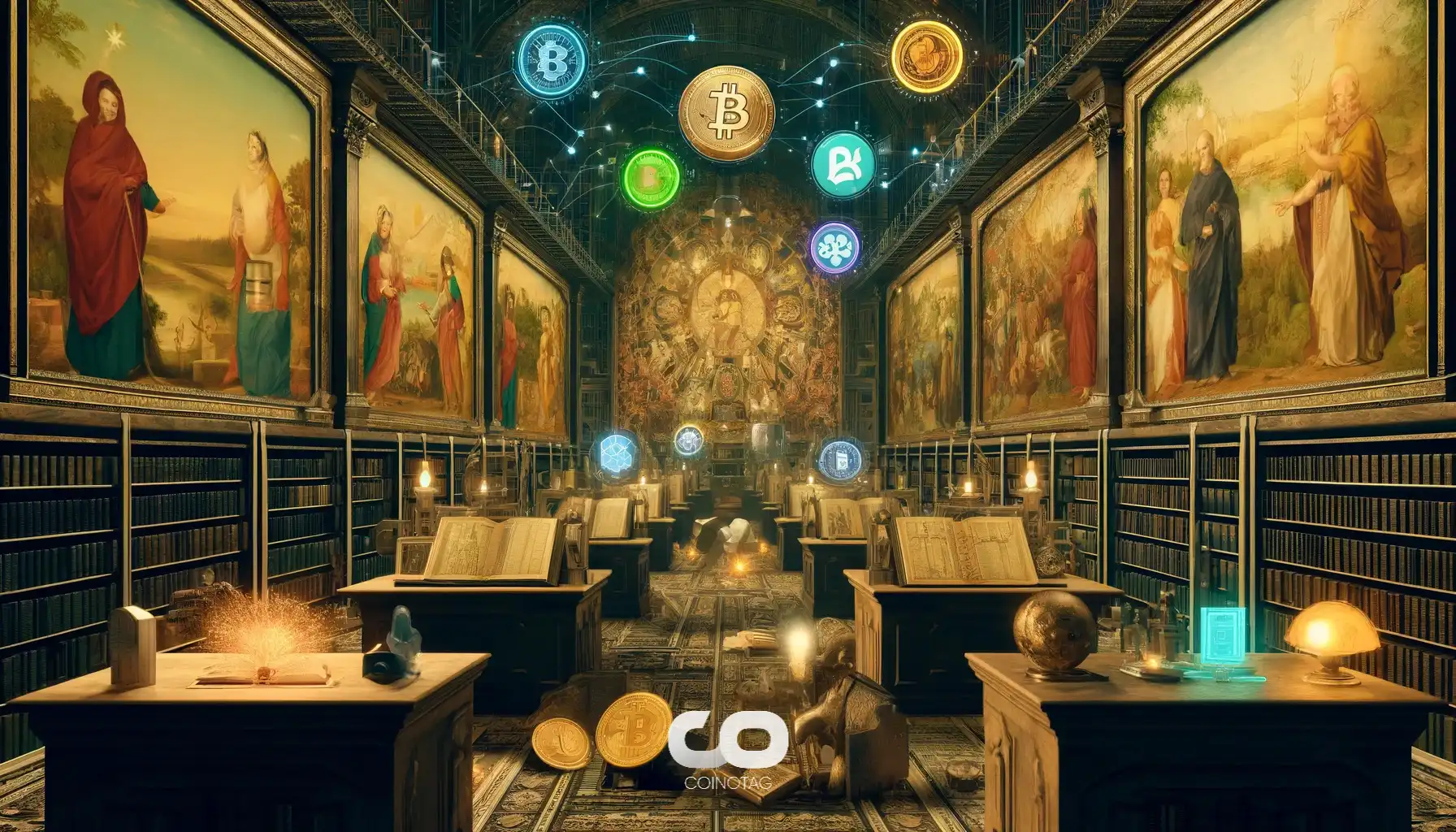The American Physical Society announced today that they will award physicist and historian of physics Michael Riordan the 2025 Abraham Pais Prize for the History of Physics.
The award comes in recognition of Riordan’s “important contributions to the history of post-World II physics, including the discovery of quarks, the invention and development of the transistor, and the search for the Higgs boson; and for making these stories interesting and accessible to both non-academic and academic readers.”
Riordan earned his PhD in physics in 1973 at MIT, then continued to conduct research in high-energy physics through the 1980s at the University of Rochester and what was then called the Stanford Linear Accelerator Center (now the US Department of Energy’s SLAC National Accelerator Laboratory). In the 1990s, he began researching and teaching the history of physics and technology at Stanford University and UC Santa Cruz.
While an MIT grad student and postdoc in the 1970s, Riordan worked with the team that discovered the quark, one of the fundamental entities in the Standard Model of particle physics. He wrote about his experiences in his book, The Hunting of the Quark, published by Simon & Schuster in 1987 and excerpted with permission below:
The 1970s were heady times for high-energy physics. A surprising new layer of matter was discovered during those years, and three of Nature’s four fundamental forces began to be viewed as one. When the decade began, most physicists considered protons and neutrons — the stuff of atomic nuclei — to be elementary building blocks of matter. But by its close we knew these subatomic particles to be built from three even tinier objects, dubbed quarks by Caltech theorist Murray Gell-Mann.
Nothing quite like these quarks had ever been encountered before. Not only do they sport electric charges a fraction of that on a proton or an electron, but they also never appear alone in Nature. No scientist has ever witnessed a single solitary quark in a particle detector. When first proposed in 1964, quarks were ridiculed by all but the few eccentrics who went searching for them. After these efforts failed to unearth anything unusual, most physicists thought the matter settled for good.
As often happens in science, the “discovery” of quarks occurred by accident, at the Stanford Linear Accelerator Center in California. Odd things began happening there in a series of experiments on which I was working as an MIT graduate student and research physicist. From 1968 to 1973, we bombarded protons and neutrons with high-energy electrons that, to almost everybody’s surprise, ricocheted off at abrupt angles — as if they had struck something hard and tiny inside. Perhaps the quarks?
During the ensuing years, our group and others accumulated a mountain of indirect evidence that, yes, we had indeed struck quarks at the heart of the atomic nucleus. But their persistent refusal to come out in the open — to show up in our particle detectors — was troubling. To the skeptics, quarks remained just a mathematical curiosity able to explain mounds of experimental data without possessing any innate “reality” as objects of human experience. Who could believe, after all, in something that absolutely refused to reveal itself?
There the matter might have rested if not for a pair of simultaneous discoveries that occurred in 1974 at Stanford and the Brookhaven National Laboratory near New York. A surprising new particle, called the J or psi depending on one’s loyalties, touched off a great flurry of speculation and experimentation. When the dust had settled two years later, it was obvious that we could explain this crazy corpuscle only by invoking a new and different kind of quark, whimsically named the “charmed” quark by James Bjorken of SLAC and Harvard theorist Sheldon Glashow. After these momentous events, quarks finally became “real” in the eyes of particle physicists. The doubters could doubt no more.
Although most of us then perceived it only dimly, if at all, we had been soldiers in a classic scientific revolution. The dominant view of nuclear matter was completely overthrown in the twelve years from 1964 to 1976. Called the “bootstrap model,” this theory taught that protons, neutrons, and other visible particles were among the smallest units of existence. Supposedly we had finally reached the innermost layer of the cosmic onion, the lowest rung of the quantum ladder, where every particle was built from all the others. The many successes of the quark theory, culminating in the 1974 discoveries and their resolution in terms of another quark, pitched this bootstrap idea into oblivion.
On another front, physicists were beginning to realize Albert Einstein’s fondest dream: a unified field theory, in which all the forces of Nature are merely different manifestations of a single, universal Force. In the late 1960s Steven Weinberg at MIT and Abdus Salam at London’s Imperial College proposed that the electromagnetic force holding atoms together and the weak nuclear force causing radioactivity were but two different forms of one and the same “electroweak” force. Their radical new idea became established dogma after it received striking experimental proof during the 1970s.
Events were marching ahead at a pace unseen since half a century earlier, during the 1920s, when quantum mechanics had resolved the puzzling structure of the atom. In 1973, several theorists proposed that a new force like the electromagnetic force might explain how quarks are locked together. Quantum chromodynamics, as this theory became widely known, promised a natural reason for the fact that quarks seemed to “exist” only inside protons, neutrons, and other subnuclear motes. Here, at last, was a possible solution to the baffling absence of visible quarks.
By the end of the 1970s, a remarkably simple, beautiful picture of the subatomic world had taken shape. There were still worrisome gaps and cracks in the theory, but the major pieces of a grand synthesis seemed securely in place. The many subnuclear particles in Nature were the various combinations of a few tiny quarks — themselves close cousins of the familiar electrons coursing through our home appliances. What’s more, three of the four supposedly “fundamental” forces now seemed very closely related to one another. And there were theories afoot that might even bring gravity into the fold, too, for an all-encompassing unity. If that didn’t make Einstein bolt up in his grave, nothing would!
The traditional account of the scientific enterprise depicts it as a fairly orderly process. Based on the available evidence, so it goes, scientists develop a hypothesis to explain existing observations and to predict the results of additional measurements. They then do experiments to test these predictions. If it passes a number of such tests, the hypothesis becomes an accepted theory — or perhaps even a hallowed Law of Nature. The scientists themselves are merely dispassionate arbiters of this rigid process, extracting “objective” truth from the mire of worldly phenomena so tainted by opinion and prejudice.
Though it contains elements of truth, this scenario gives an incomplete picture of the modern scientific process. It may well describe periods of “normal science,” to borrow a phrase from Thomas Kuhn, those times when progress is slow and gradual. But it fails to encompass what happens during a great scientific revolution — when an entire field is undergoing rapid conversion from one accepted paradigm to another, radically new worldview.
To many of us who lived through this most recent revolution, such a mythical scenario seemed wholly inadequate in describing what happened. The blind alleys taken and their attendant confusions, the completely unexpected results, and the sudden leaps of insight and imagination — all the subjective elements involved in actually doing physics — had only token roles in such a script. So, like any scientist mulling over some unruly data that just would not fit his theory, I began to doubt this simple-minded picture of scientific change and to cast about for alternatives.
In thinking over these shortcomings, I ultimately decided to write an account of the quark discovery, using it as the central thread in a history of particle physics. And I wanted this to be a book about experimental science, a science grounded in observation and measurement. Most accounts of particle physics have presented quarks as a profound theoretical triumph — as if they had sprung full-formed from the mind of man, like Athena from the brow of Zeus. But I knew better. Quarks were the mutual offspring of both theory and experiment; each had played a critical role in bringing these motes to life.
During the twentieth century, the measuring process grew tremendously in scale. Under such conditions, experimentation is a highly qualified operation. A long chain of reasoning and argumentation underlies any information our equipment has to offer. Its links can be philosophical as well as physical — and can depend a lot upon the individuals involved and their own personal styles.
Given these caveats, it is a small miracle that particle physicists could ever agree on one interpretation of subatomic reality. But that is what essentially happened during the 1970s. A worldwide community of strong-willed and highly opinionated individuals reached consensus on the structure of matter at the deepest levels accessible to human observation. It was a truly fascinating episode in the history of science.
Read more about APS award winners on the American Physical Society website.









Leave a Comment